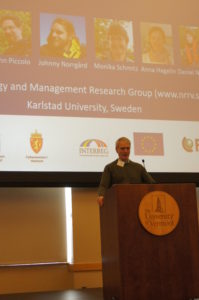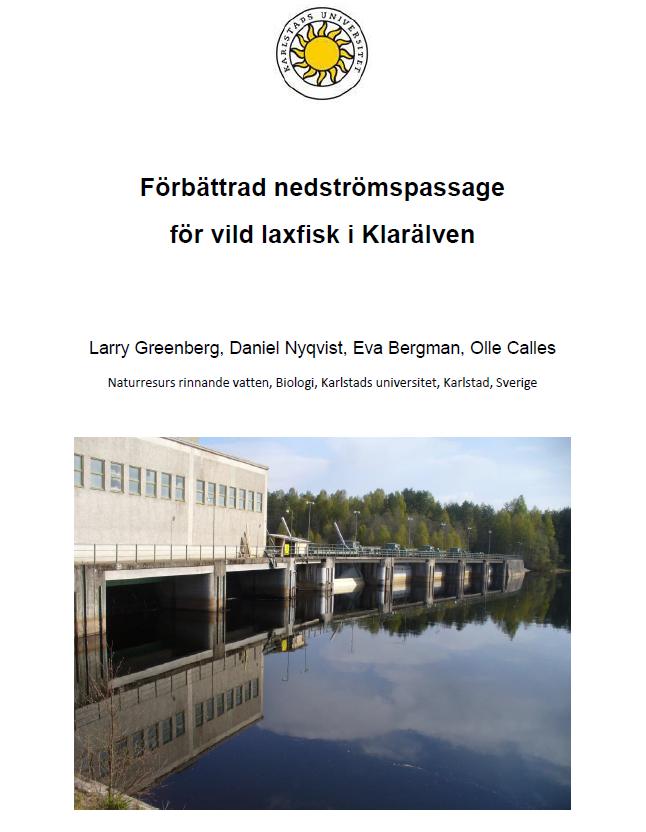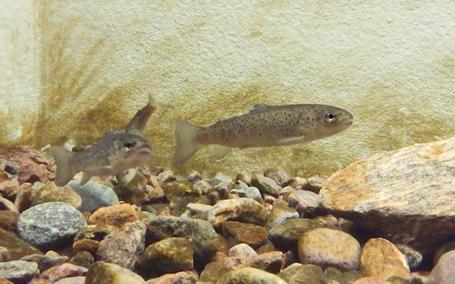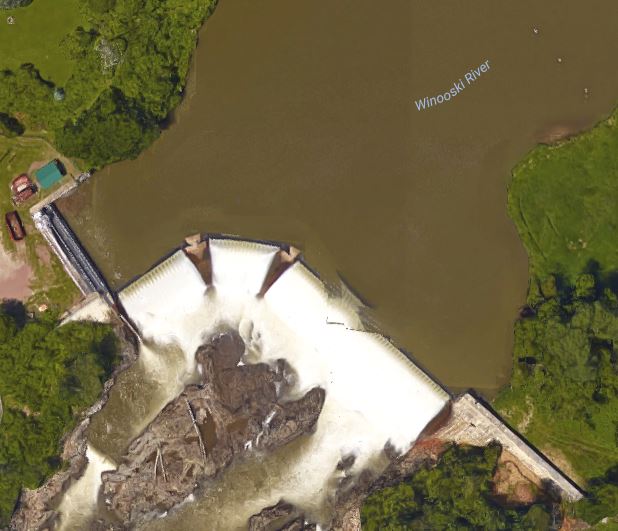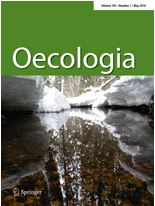Ecology and Evolutionary Ethology of Fishes 2018
Posted by Karl Filipsson | ConferenceIn June 2018, The Ecology and Evolutionary Ethology of Fishes Conference was held in Montreal, Quebec, Canada. Eva Bergman and Larry Greenberg from Karlstad University attended the conference, and participated in a symposium on the ecology of landlocked Atlantic salmon. You can read the abstracts from their talks here:
Conservation of landlocked salmon and trout in a regulated river – a holistic approach
Bergman, Eva; Calles, Olle; Greenberg, Larry; Hagelin, Anna; Norrgård, Johnny; Nyqvist, Daniel; Piccolo, John J
Populations of migratory salmon and trout have worldwide shown a decline due to human activities. Over the years numerous measures have been undertaken to maintain these populations, and conservation of migratory salmonids requires understanding of their ecology at multiple scales, combined with assessing anthropogenic impacts. The regulated River Klarälven and Lake Vänern host endemic populations of landlocked Atlantic salmon (Salmo salar) and brown trout (Salmo trutta). The historically high abundances of the salmonids in the River Klarälven in the early 1800s have decreased dramatically, reaching all-time lows after the completion of nine Swedish hydroelectric power stations in the 1960s. After an extensive stocking program and transportation of spawners past eight hydroelectric plants, catches from commercial, maintenance and sport fishing have again increased. Recently, increases in the proportion of wild salmon returning to the river have generated interest in establishment of wild salmon inhabiting the entire river, including upstream of the Norwegian border where they historically occurred. How well are we equipped to meet these new goals, taking into account our limited knowledge of the species’ different life stages, coordination between different actors involved in the conservation processes, and our skills to communicate and understand everybody’s role in this conservation process?
Post-spawning survival and downstream passage of landlocked Atlantic salmon in the regulated river Klarälven
Greenberg, Larry; Bergman, Eva; Calles, Olle; Hagelin, Anna; Nyqvist, Daniel
Repeat salmonid spawners may make large contributions to total recruitment and long term population stability. Despite their potential importance, little is known about this life stage for landlocked populations. Here, we studied post-spawning behaviour and survival of landlocked Atlantic salmon in relation to downstream dam passage in the River Klarälven, Sweden from 2011-14. Eight hydropower stations separate the feeding grounds in Lake Vänern from the spawning grounds in the river, and no measures to facilitate downstream migration are present. Nearly half of the salmon survived spawning and initiated downstream migration. Females and small fish had higher post-spawning survival than males and large fish. During years with high spill, 84% of the fish passed the first dam, mostly via upward-opening spill gates after a median delay of 25 min. During a year of low spill, 41% of the fish passed the dam, mostly through the turbines, where mortality was high. In addition, most fish approached the turbine intake near the surface. For all years combined, only 2% of the tagged fish successfully passed all eight hydropower stations to reach Lake Vänern. This result underscores the need for remedial measures to increase survival of downstream migrating kelts.
Access the conference program here.

Group photo from the landlocked Atlantic salmon symposium at the Ecology and Evolutionary Ethology of Fishes (EEEF) Conference 2018



